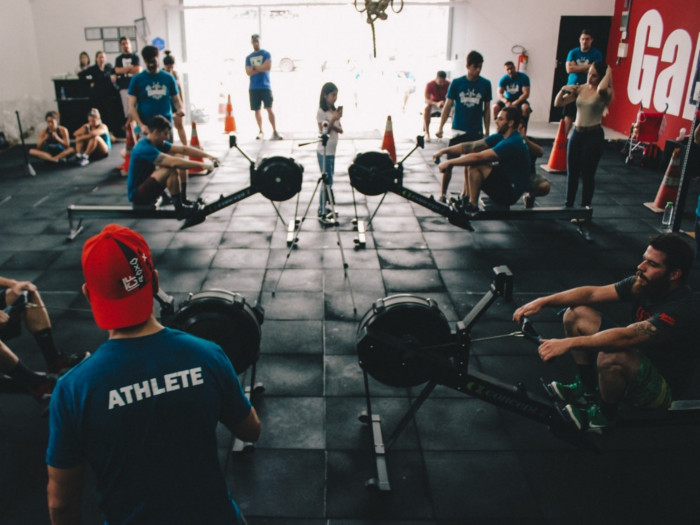A barbell pullover exercise is designed to target the latissimus dorsi muscle and is relatively easy to perform, provided you have the right equipment and technique.
What is a Barbell Pullover?
A barbell pullover is an exercise designed to target the latissimus dorsi muscle, which is the broadest muscle in the back. A barbell is a steel bar, approximately 1 inch thick and 4-7 feet in length. Weights are put on the end of the steel bar and it can then be used for various exercises. To perform a barbell pullover, a bench is also needed. Barbells are commonly found in gyms, but can also be purchased online or at fitness shops and used at home. Barbells are also used in weightlifting competitions.
A barbell pullover is a long-established exercise in the world of bodybuilding. Alan Calvert, the man responsible for Strength magazine and the Milo Barbell Company, described the barbell pullover as ‘the best exercise known for developing a deep chest.’ [1]

A barbell pullover is an exercise designed to target the broadest muscle in the back. Photo Credit: Shutterstock
How to Do a Barbell Pullover
Let us look at the steps on how to do a barbell pullover with the right technique:
- Step 1: First, attach the appropriate weights to your barbell. Begin small and work your way up once you are familiar with the exercise.
- Step 2: Lie on a bench, lining the top of your head up with the end of the bench (meaning that your hips and thighs are on the bench).
- Step 3: Your knees should be bent and your feet must be flat on the floor. If your feet are not flat on the floor, adjust the height of the bench.
- Step 4: Take an overgrip of the barbell.
- Step 5: Bend your elbows to position the bar over the chest.
- Step 6: Maintaining a fixed bend in the elbows, lift the bar up and over the head.
- Step 7: Take the bar behind the head until your shoulders feel fully flexed. Do not go past what feels right for your body.
- Step 8: Bring the bar back to its original position above the chest. Repeat.
Muscle Engagement
A barbell pullover targets the latissimus dorsi muscle. The synergistic muscles engaged in a barbell pullover are the triceps, pecs (major and minor), rhomboids, deltoid, teres major and levator scapulae. The stabilizing muscles are the deltoids, triceps, major pectorals and the wrist flexors. [2]
Risks and Contraindications
Be sure to keep your hips to the bench and press your feet into the ground to support your lower back during this exercise. Allow your body to dictate the range of motion—do not go past the point of first resistance, as you risk damaging the shoulder flexors. Begin with a minimal amount of weight. It is advisable to practice new exercises or increase the amount of weight with a certified fitness instructor to ensure your safety.
